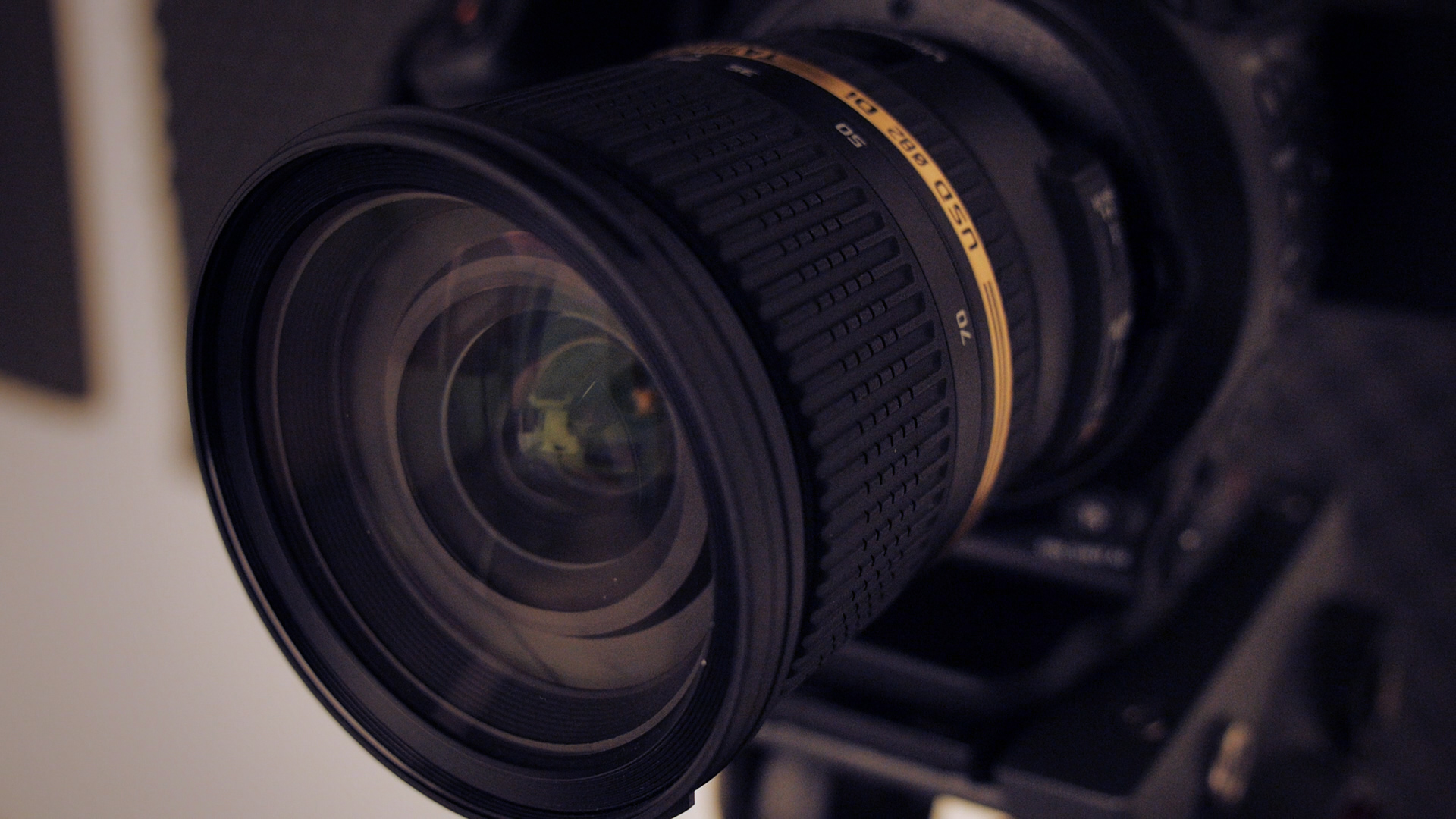Smartphones have truly revolutionized the way that business is done. They have become a sort of digital Swiss Army knife that can be used in many different ways. Let’s take a minute to discuss 3 ways in which you can use your smartphone to help you plan your next video production. These tips for using basic features (not 3rd party apps), which come standard with any smartphone, will help to save you time and money on your next video production as well as to further clarify your plan of action.
1.) Use The Photo And Video Feature Of Your Phone To Perform A Site Survey
Any process that includes on-site video production should first include a site survey. This survey involves a producer or scout analyzing the area where any video production will take place, and trying to discover any issues that might adversely effect the production.
Some Examples:
- noise from an air-conditioner or natural environment
- size of a room
- placement of windows
- background visual distraction
- access to electrical outlets
Use your phone to take detailed photos or even to record video of the areas where you envision your video being shot. Make sure to label each picture and video appropriately with descriptive names like “boardroom facing front”, “boardroom facing back”, “hallway windows”, etc. If you record video of the room or the area, make a note of the level of room noise. If you do a good job surveying using the photo and video features of your smartphone, you can eliminate the need for a site survey by the video crew, and, ultimately, you can save yourself some money. You will also gain some insight into the areas that you feel are best for shooting video, and you might be able to select a better area based on your results.

2) Use The Voice-Record Function To Rehearse Your On-Camera Delivery
This tip is priceless, and it will save you and your video team tons of time and frustration. Let’s face it, if you don’t speak on-camera for a living, it can be a nerve-racking process. Your instinct is going to be to write out what you want to say, and then memorize it. Don’t do it! We don’t write the way that we speak, and some things that are written just don’t sound the same way when spoken. If you encounter this as you are trying to present a message on-camera, you will try to make changes and start second-guessing what you are trying to say. Instead, whip out your smartphone!
Use the voice-record feature to practice delivering your spoken message. You should still write down ideas in advance, but you should be using an outline to map out your main thoughts, rather than creating a written script.
Record two or three takes of the message that you want to present and have a listen to them, and then share them with your team. If your delivery sounds weird to you, or if you are not coming off in the way you feel you should, then you should refine your message, alter your delivery, and record again.
Most people never feel warm or fuzzy about the sound of their recorded voice so use the opinion of trusted friends or team members. By using your smartphone to record what you want to say on-camera, you will be able to refine your message, build confidence, and ensure a smoother and shorter video production process for you and the video crew alike.

3) Time The Length Of Your Script Using Your Phone’s Stop Watch
This tip is mostly for businesses looking to produce a promo that will be aired on television or radio. Most advertising copy needs to fit neatly into 30-second or 60-second packages. This means that a large amount of information has to be conveyed within a short amount of time. Video crews receive a lot of these requests from clients, and the copy rarely conforms to the time restrictions of the commercial. The copy must then be revised, which takes time and costs money.
One great way to avoid this expense is to use the stopwatch feature on your smartphone to time it out.
Here’s how you do it:
- Sit down with your final script and your smartphone in front of you.
- Get a glass of water and warm up your vocal cords. Practice your best voice-over voice, “Sunday, Sunday, Sunday at Race Way Park!”
- Give yourself a countdown, “3 – 2 – 1 “, and on one, hit ‘Start’ as your begin to read.
One or two seconds can usually be adjusted by delivering the script a bit faster or slower. If you come up a few seconds short or run a few seconds long you are in good shape. If you come up more then five seconds short or long, it probably means that you need to go back and do some revisions.
We are always looking for tools and methods to make the process of creating video content easier and more effective. We hope that these tips help you in planning your next video production. We’d love to know if you have any other ways to use a smartphone to help plan a video production.





 604 E Joppa Road
604 E Joppa Road